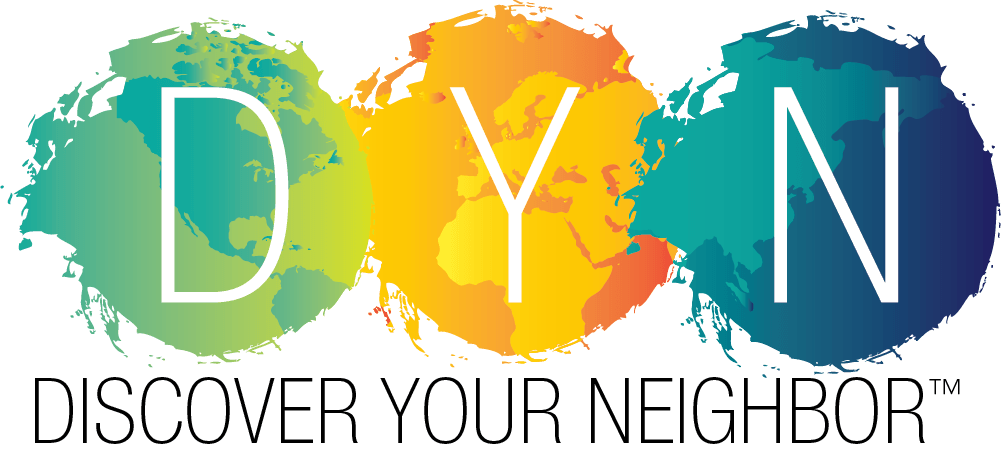OBJECTIVE: Students will examine global injustice and consider the appropriate response in light of Catholic teaching.
WHAT IS JUSTICE? Based on Scripture, the Catholic Church understands justice as “right relationship.” This means that all people are in a loving, respectful relationship with God, creation, and each other.
WARM UP: Sit in rows facing a box at the front of the room. Starting with the back row, take turns trying to throw a ball into the box. You cannot stand up or move closer to the box.
DISCUSS: How did you feel when you heard the rules of this activity? How did you feel while you were competing? How was the experience different for each row? How would you feel if you had been competing for food, shelter, water, education, or work?
EXTENSION: Assign students positions using the downloadable Country cards for warm up activity. (See explanation of economic inequality indicators below.)
READ NEIGHBOR FOCUS.
ACTIVITY: A student stands at the front of the room facing the box. Classmates take turns calling out the challenges Kabita faced in her life. Each time a challenge is named, Kabita takes one step backwards.
PAUSE to note the distance between Kabita and the box.
DISCUSS: How is Kabita’s reality similar to or different from our own? What actions does Kabita take to succeed? What might have happened if no one else helped her? How would you feel if Kabita was a member of your family?
READ FAITH PERSPECTIVE.
DISCUSS: Where would this community be seated in the box game? How do you think Fr. Shaun felt when the community in Bolivia shared their food with him? What can we learn from the community in this story about how to respond to the needs of others?
AS A CLASS create new rules for the box game that you think better represents a society that is more equitable or just.
Economic Inequality Indicators:
- Population Below Poverty Line: Percentage of the country’s population living under less than $3.10 per day i.e.: McDonald’s burger and fries, if it’s off the dollar menu)
- Prevalence of Undernourishment: Percentage of the country’s population whose food intake is insufficient to meet dietary energy requirements continuously (e.g.: not enough calories to pay attention in class, practice with the soccer team, rehearse for the musical, etc.)
- Access to Clean Drinking Water: Percentage of the country’s population with access to drinking water from a reliable source, provided collection time is not more than 30 minutes round trip


Recent Comments